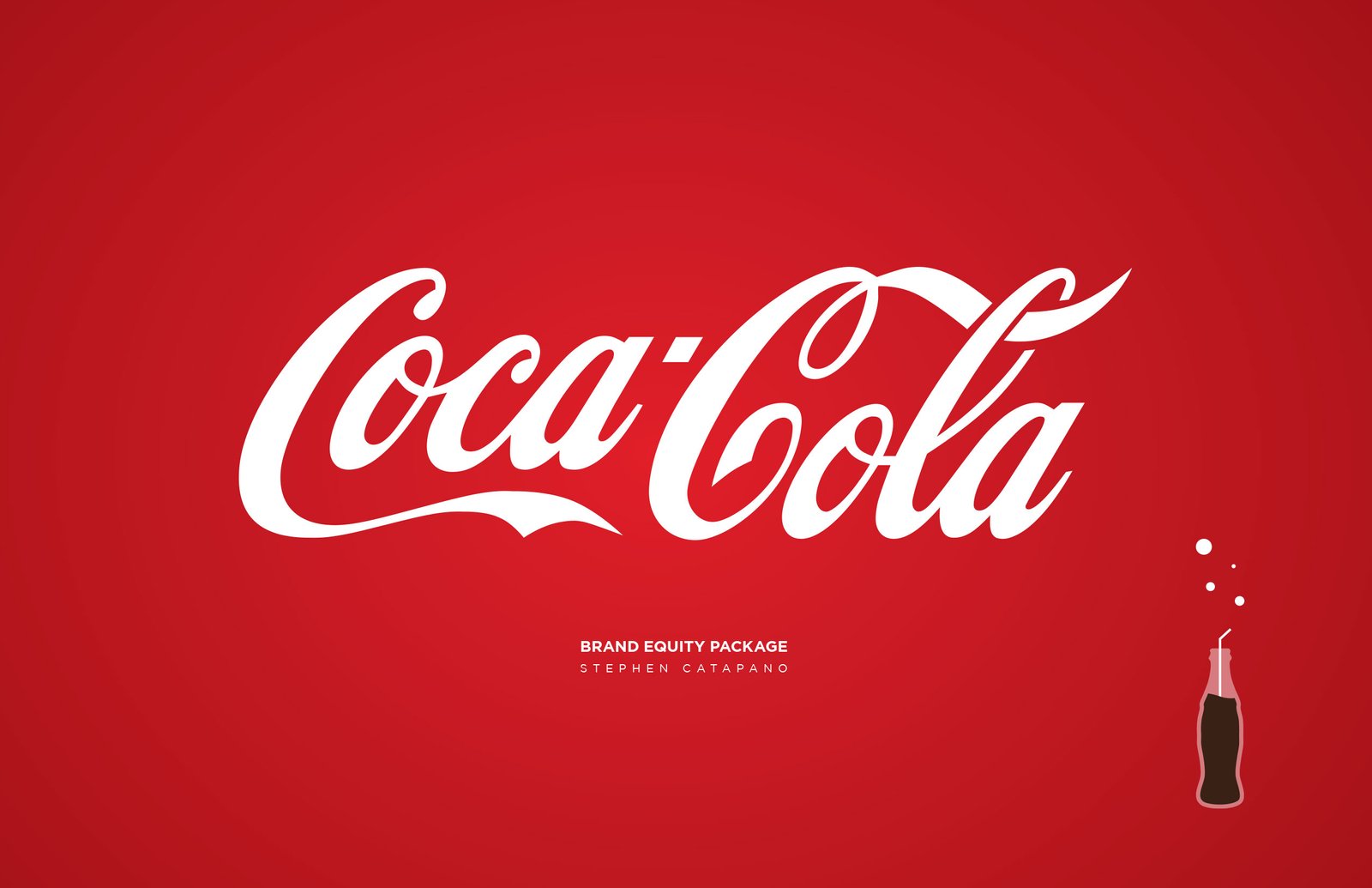



In the ever-evolving world of digital marketing, one truth remains: branding is not a one-size-fits-all approach.
As businesses scale globally, many make the mistake of chasing universal appeal at the cost of cultural relevance. But in reality, brands that respect and reflect local culture gain deeper trust, stronger engagement, and long-term loyalty.
If you’re a digital marketing agency, branding strategist, or a website development company working with global clients, understanding the power of cultural branding is a game-changer.
Why Culture Matters in Branding
- Builds Emotional Connection –
When your brand reflects the language, values, and daily life of your audience, they feel seen. Consumers today seek more than just products — they want empathy, authenticity, and relevance. - Gives Competitive Advantage
In a local market full of similar offerings, cultural alignment helps you stand out. Global companies that localize successfully often outperform native competitors.
Prevents Cultural Missteps
Tone-deaf campaigns can damage reputation fast.
Remember Pepsi’s infamous 2017 ad with Kendall Jenner? A lack of cultural awareness led to massive backlash.
Real-World Case Studies: Culture-Driven Branding Wins

1. McDonald’s: Local Menus, Global Identity
Instead of imposing a standard menu, McDonald’s tailors food options to fit cultural norms
India:McAloo Tikki Burger (vegetarian) replaces beef
Japan: Teriyaki Burgers match local flavor profiles
Middle East:McArabia with flatbread & grilled chicken
Takeaway:Localization doesn’t weaken the brand — it deepens its relevance.

2. Nike: Storytelling with Cultural Soul
Nike wins globally by tapping into regional pride and values.
China:Campaigns celebrate martial arts and national athletes
Middle East:Launched Nike Pro Hijab to empower Muslim women in sport
Takeaway: When your storytelling reflects local identity, your brand becomes part of the culture.

3. Coca-Cola: Global Voice, Local Message
Coca-Cola keeps its global identity strong but tailors its message for every region
Ramadan:Ads focus on family and generosity
Chinese New Year:Red packaging and prosperity themes dominate visuals
Takeaway: Consistency + cultural respect = global love.
How to Build A Culturally Smart Brand
1. Start with Deep Market Research
- Understand local values, rituals, language cues, and design preferences.
- Use focus groups, local consultants, or cultural audits.
2. Keep Your Brand Core, Adapt the Expression
- Don’t dilute your brand — translate it into each market’s language, tone, and emotional triggers.
- Example: Airbnb’s “Belong Anywhere” is global, but every ad is locally rooted.
3. Partner with Local Influencers
- From celebrities to micro-creators, local ambassadors bring authenticity and cultural fluency.
- Luxury brands like Louis Vuitton do this beautifully across Asia, the Middle East, and Europe.
4. Adjust Visual Branding Elements
- Colours and imagery carry very different meanings across cultures.
- Example: White = purity in the West, mourning in many Asian cultures.
Key Takeaways for Digital Marketers & Website Creators
Culture shapes perception. Brands that get this right earn trust and longevity.
Personalized brand experiences drive deeper engagement across geographies.
If you’re creating a conversion-focused website, make sure your visual language and UX speak to your audience’s values.
Build flexible brand systems: strong global foundation, adaptable local voice.
Conclusion
In a global economy, branding without cultural awareness is like speaking a foreign language without a translator.
To truly connect, brands must adapt — not just in content, but in emotion, symbolism, and story. Those who do it well don’t just enter new markets — they thrive in them.
Want to create branding that speaks across cultures? Let’s talk.

——————————————————————————————————————-



